Published on: May 22, 2023
What is AI Advertising? Examples, Tools, and Templates to Grow in 2023
Author: Inge von Aulock

AI is completely changing how companies run successful ad campaigns. Artificial intelligence tools can wade through huge data sets of ad copy, campaign results, and audience demographics and return optimized ads with laser-focused targeting.
In this article, we take a closer look at:
- How advertisers are using AI tools
- Why using AI in advertising makes sense
- Specific examples of how AI can help you advertise better
- Some great AI ad tools you can use right now
- How AI should fit into your advertising strategy
Let’s start with a brief look at how your competitors are using AI in advertising.
How is artificial intelligence being used in advertising?
Programmatic ad exchanges and ad tech platforms were some of the first AI adopters. They use AI to decide in real-time which platform they should be pushing specific ads to in order to maximize ROAS (return on ad spent) for their clients.
AI tools exist today that can cut out these exchanges and enable individual advertisers to optimize their ad placements as far as platform, audience, timing, and even ad copy.
These tools are also really good at personalizing ads for individual consumers by analyzing massive amounts of data that is aggregated from multiple on and offline channels. AI is really good at finding patterns in audience behavior and segmenting these audiences for better message resonance.
Advertisers are getting some interesting results from using AI. Like Affectiva, which uses AI to analyze video feedback of consumers’ facial responses to ads. This enables brands to see if their ads are hitting the mark or causing confusion or other emotions.
Or Starbucks, which uses AI to send personalized ads to customers when they’re near one of their locations. They also send personalized offers to increase the person’s average order value.
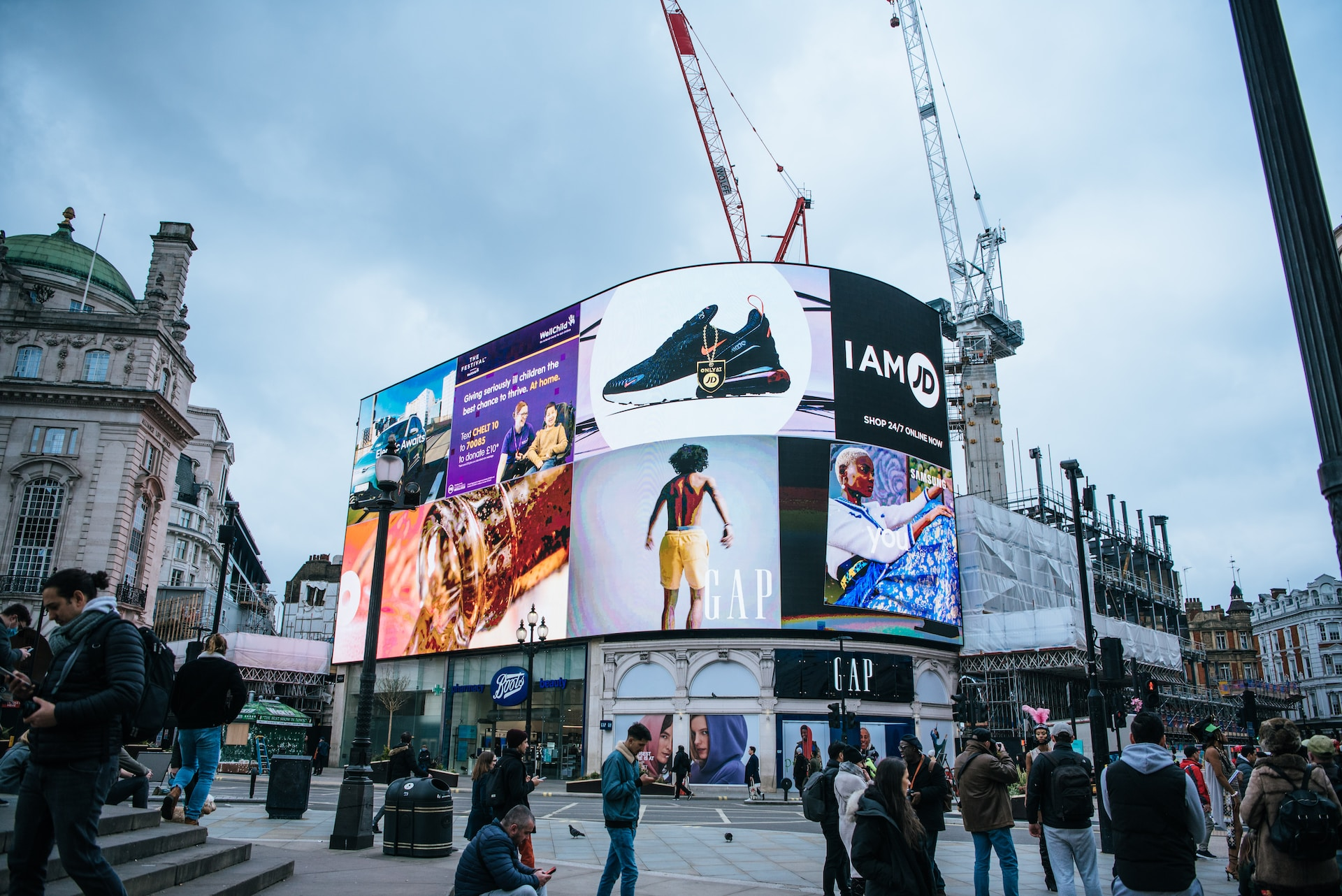
Why is AI advertising being used?
Companies have access to huge amounts of data on past, current, and prospective customers. Collecting data is easy. Making sense of it, not so much.
AI is a lot better than humans at extracting useful information from all of this data. Leaving this to AI tools allows humans to focus on the creative thinking side that we’re really good at.
The main reasons why AI is being used by advertisers are:
- AI can segment audiences allowing for better targeting
- AI makes it easy to track and analyze customer behavior data
- AI can track campaign performance and adapt ad targeting and copy
- Using AI can save companies a lot of time and money
Let’s see how it does all of this.
Target audiences can be segmented
Traditional ad targeting involves creating an audience based on their interests, demographics, or purchase history. But audience segments are a lot more nuanced than the boxes we try to define them by.
AI uses machine learning to analyze audience behavior and identify patterns in demographics, online interactions, and a host of other touch points to segment an audience in a more refined way.
An audience that is properly segmented makes it easier to personalize the ad content. When you deliver personalized messaging that relates better to your audience, you can expect higher conversion rates and better engagement.
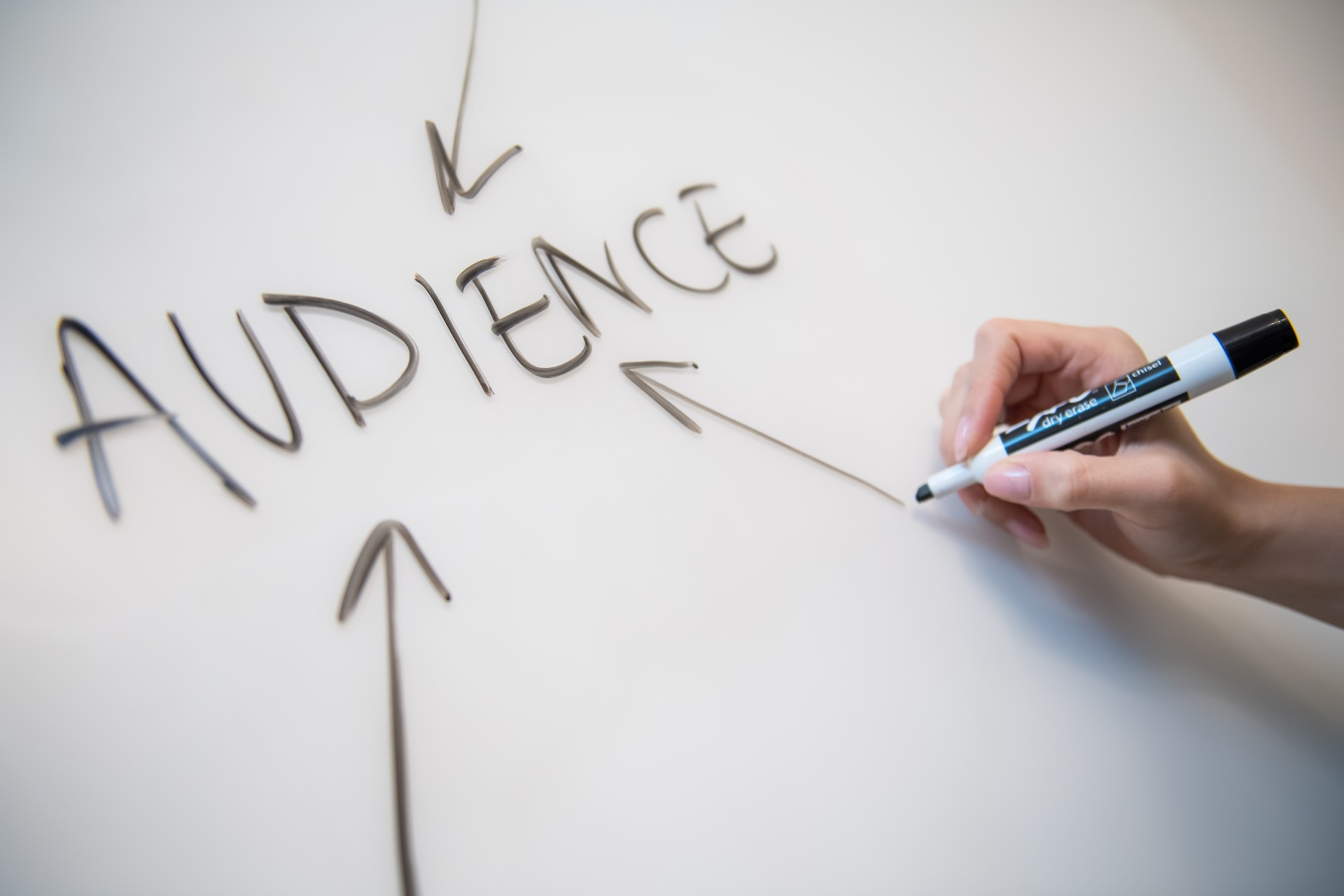
Customer data is easily analyzed
Customer data is a goldmine, and AI is really good at extracting patterns and trends in customer behavior as well as their preferences. This data is fluid, so it’s important to be able to do this analysis in real-time.
AI does this really well and can even determine things like customer sentiment based on their comments on social media, reviews, or interactions with a chatbot.
AI can determine things like what kind of ads a customer responds best to. Do they open emails, answer and engage on cold telephone calls, or prefer video to images on social media?
All of this helps you tailor your ads to a specific customer.
Campaign success can be monitored
Is your ad campaign working? Could it be improved or tweaked? AI advertising tools can track how your audience is responding to your ad campaign a lot better than you can.
Traditionally you would run a campaign for a week or two and then look at your data to gauge whether it was working or not. If it wasn’t working well, you only found out after wasting a lot of ad spend.
You need to know really quickly if your ad is hitting the mark or not, and AI is really good at making that call fast. These tools can analyze in real-time how your audience is reacting to your campaign.
Are they liking your posts on social media, commenting positively, clicking through, and taking the action you want them to? Artificial intelligence can spot trends and patterns in these interactions a lot quicker than humans can.
This kind of feedback enables your marketing content team to know if they need to rework an ad that isn’t performing or commit more resources to a winning campaign.
Save time and money
Using human resources to organize and analyze large amounts of data takes a lot of time and gets expensive. A lot of the data that companies have is unstructured. AI can organize and structure this data into a useful form very quickly.
Using intelligent search and retrieval AI tools can even retrieve and extract data from images, videos, or scanned documents. Imagine how long it would take a person to collate and catalog customer survey responses. AI does it in seconds.

AI is also really good at optimizing your ad budget. Improved targeting means your ad spend gets directed to where it has the best chance at delivering on your goals.
Dynamic bid optimization by AI can increase your bid for ad placement when it knows a conversion is likely and reduce the bid when the odds are lower. If your campaign involves multiple ads and platforms, AI can ensure your budget is directed to where it yields the best results.
With personalized targeting, optimized bids, and accurate timing and placement of ads, advertisers will see an increased return on ad spend.
6 Examples of AI For Advertising
Let’s look at a few real-world examples of how companies are using AI in advertising.
Programmatic advertising
Programmatic advertising is an automated method of buying and selling ad inventory. Publishers make their ad inventory available to an ad exchange, and then the exchange uses AI and Real-Time Bidding (RTB) technologies to decide where to place the ads and at what price.
When you visit a webpage that has a space allocated for ads, an automated auction is happening in the background to decide whose advertisement you’ll see.
AI is determining things like the target audience segments you fall into, your interests, and the context of the website content, and then loads the ad it thinks is most likely to grab your attention.
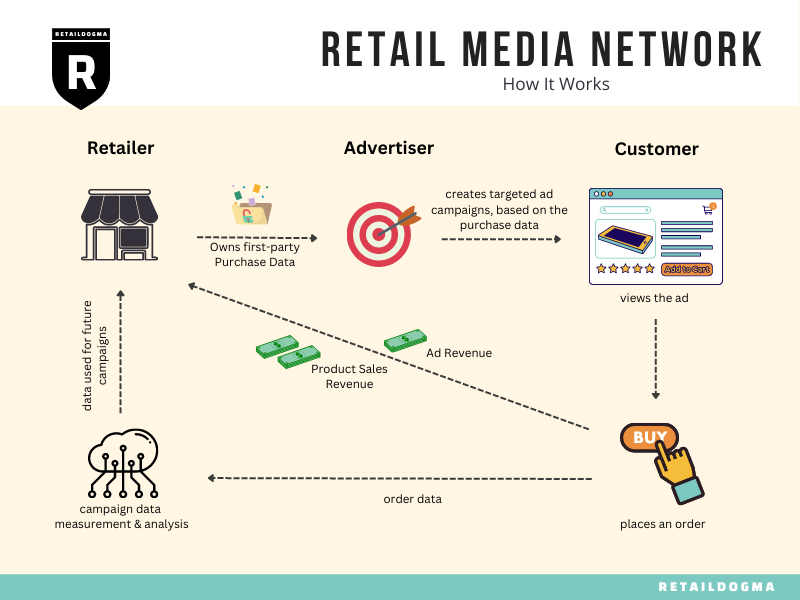
This all happens in milliseconds. Programmatic advertising AI tools learn from how you interact with the ad and will use that to determine what ads to show you the next time around.
Old-school online advertising would have a space on a website permanently occupied by a static ad. Now that space displays the right ad for the right person without the advertiser having to lift a finger.
Facebook is a good example of this. It’s on the demand side (with your ads) and the supply side (with its platforms) and uses FBLearner Flow AI to learn what ads to serve you while you scroll.
Ad targeting
From 2024, Chrome will no longer support cookies, and many other browsers will have to follow suit to comply with stricter privacy laws. Advertisers will have to learn how to use AI tools to target potential customers without these tracking tools.
In the absence of personal data, AI can use machine learning algorithms and data signals to improve ad targeting. It can do this by serving contextual ads based on the content of the website the person is viewing. It can tailor ads based on the person’s location, device, time of day, or even the weather.
Advertisers will become more dependent on data aggregators like IBM to enable cookieless targeting. Or they have to use other interesting targeting options.
Walgreens used IBM Watson Advertising to target consumers based on weather and saw a 24.39% store traffic increase with cough & cold Symptom messaging.
Ad personalization
AI can make sense of large sets of consumer data and then personalize ads to increase relevancy depending on the intended audience. And we’re not talking about broad audiences here. AI can personalize ads and recommend products to individual customers.
For example, a grocery store could use AI-powered conversational marketing to do this. Based on an individual’s reviews, purchase history, chatbot interactions, and survey responses, ads and product recommendations can be tailored at an individual level.
A recent survey found that 52% of shoppers surveyed would share personal data if it resulted in personalized product recommendations. These personalized product recommendations only accounted for 7% of visits but 26% of revenue.
Predictive analytics
Predictive analytics is all about taking historical data and using AI and machine learning capabilities to make predictions on what’s going to happen next.
In advertising, this involves collecting large amounts of customer data based on historical records, transactions, digital marketing engagement, and social media interactions to predict what action a customer is likely to take in the future.
AI is really good at spotting patterns and trends and then making assumptions based on those. It evaluates whether it got it right or not and then refines its ability to make more accurate predictions.
If you have consent from customers in your target audiences to collect real-time first-party data, AI can dramatically improve your ad performance.
Quantcast is an advertising technology company that uses predictive analytics on its AI marketing strategies platform. Baby furniture supplier Crate&Kids used their services to target expectant mothers that were planning their nurseries.
By collecting search intent data it was able to build an audience of expectant parents that were potential buyers. Crate&Kids achieved a 10x ad engagement level and doubled their ROAS goal.
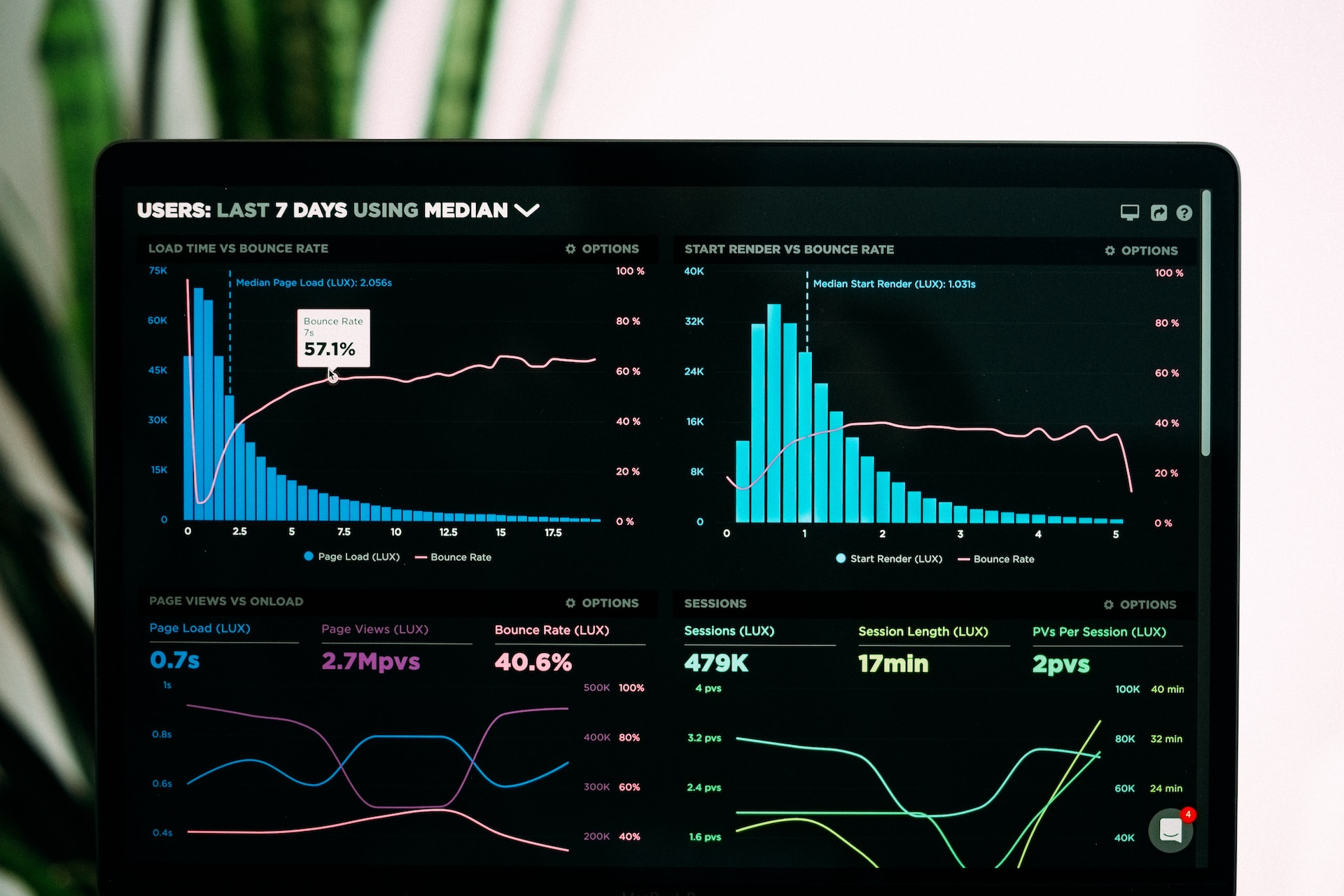
Ad optimization
Besides targeting and placement optimization, AI can also optimize the creatives you use in your ads.
It can analyze the performance of different elements of your creative to see what drives engagement and what doesn’t. It can do real-time testing by changing images, copy, calls to action, and ad formats.
AI can even optimize ad creatives so that they are personalized based on an individual user’s preferences. Instead of hoping your static ad creative will appeal to a broad audience, you can have it optimized and changed on the fly.
Food company NotCo used the ad optimization services of ad tech company Memorable. They experienced a 32% increase in CTR and a 16% increase in engagement with 48 ad creatives that were created in just 5 minutes.
Machine learning
Machine learning (ML) is a sub-field of AI that can analyze huge amounts of data, make predictions on outcomes and learn from its mistakes so that it gets better at making those predictions.
AI advertising tools use machine learning to perform the specific optimization tasks referred to above. Segmentation of your target audience, optimizing ad placement or copy, and predictive analytics all depend on machine learning. It’s basically how ad technology learns.

Because ad tech that uses machine learning learns fast, advertisers can try out unconventional ad creatives and quickly find out if they resonate with their audience.
Singular is an ad tech company that uses ML. One of their customers was selling a video game and ran an ad without showing any gameplay. This counterintuitive approach generated a lot of conversation about the game, and ML picked up on that.
How do AI tools support advertising?
There are a lot of ad agencies that use AI technology in their solutions, but if you’re looking for an AI advertising tool to use in your own marketing efforts, then here are some good ones to start with.
Copy.ai
This AI writing assistant can help you write a number of different types of content, including generating ad copy, product descriptions, social media copy, and sales copy.
If you’re looking for some inspiration for headlines or persuasive ad copy, this AI writer is a great help.
This tool is ideal for an online ad agency that needs to churn out a lot of ad copy as well as companies that need to regularly update their social media ad copy.
Pricing: Free for up to 2,000 generated words and $49/month for unlimited use.
Best for: Quickly generating multiple Facebook and Google ad headlines and copy.
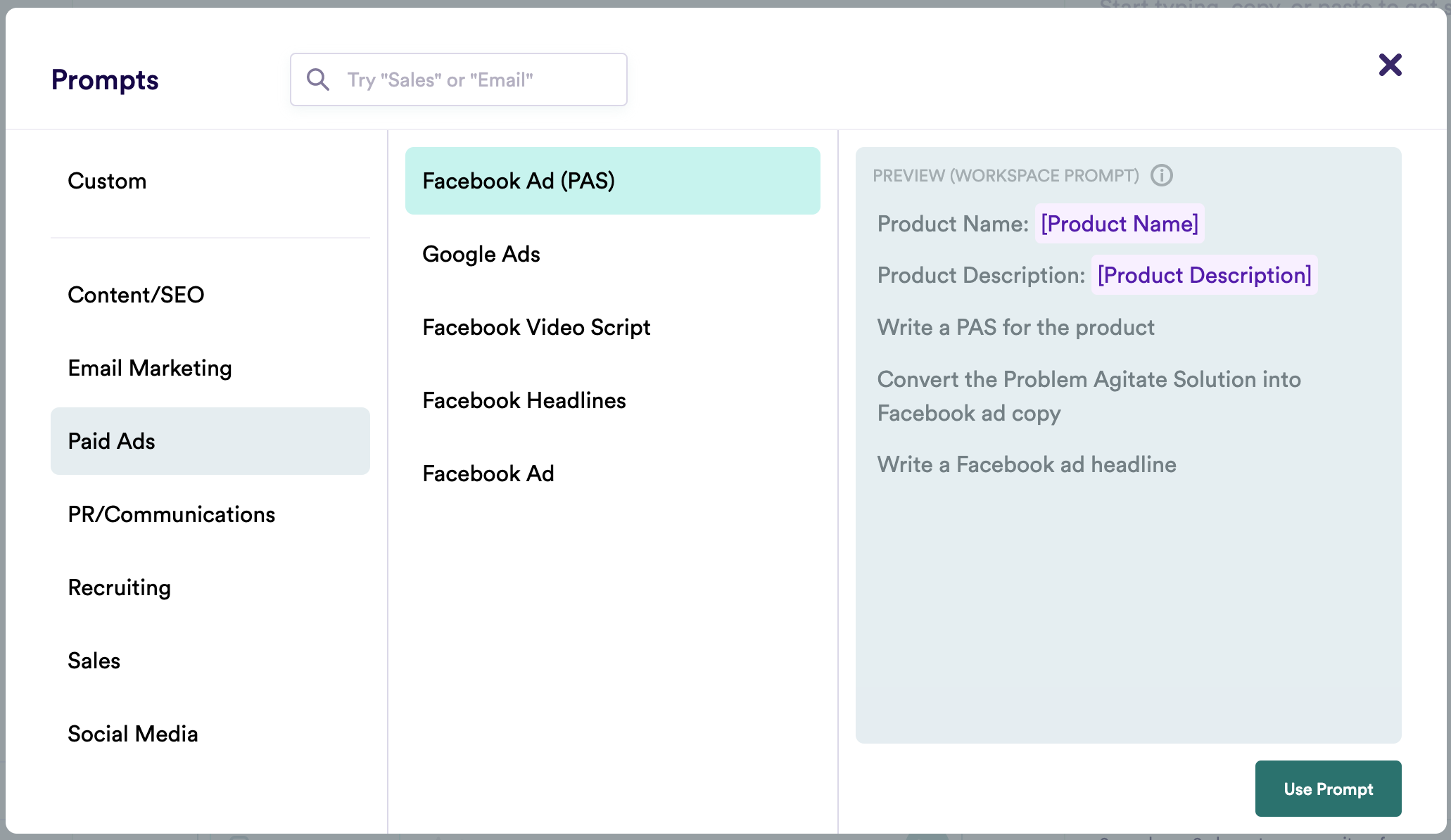
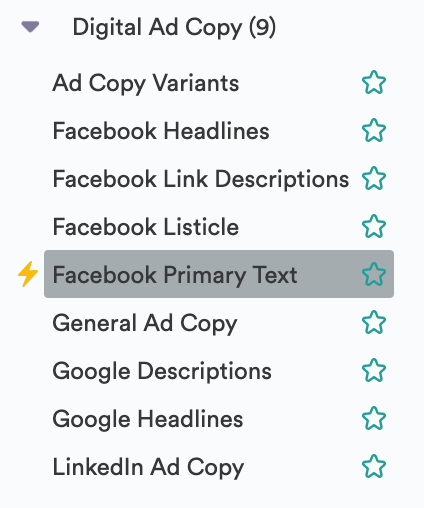
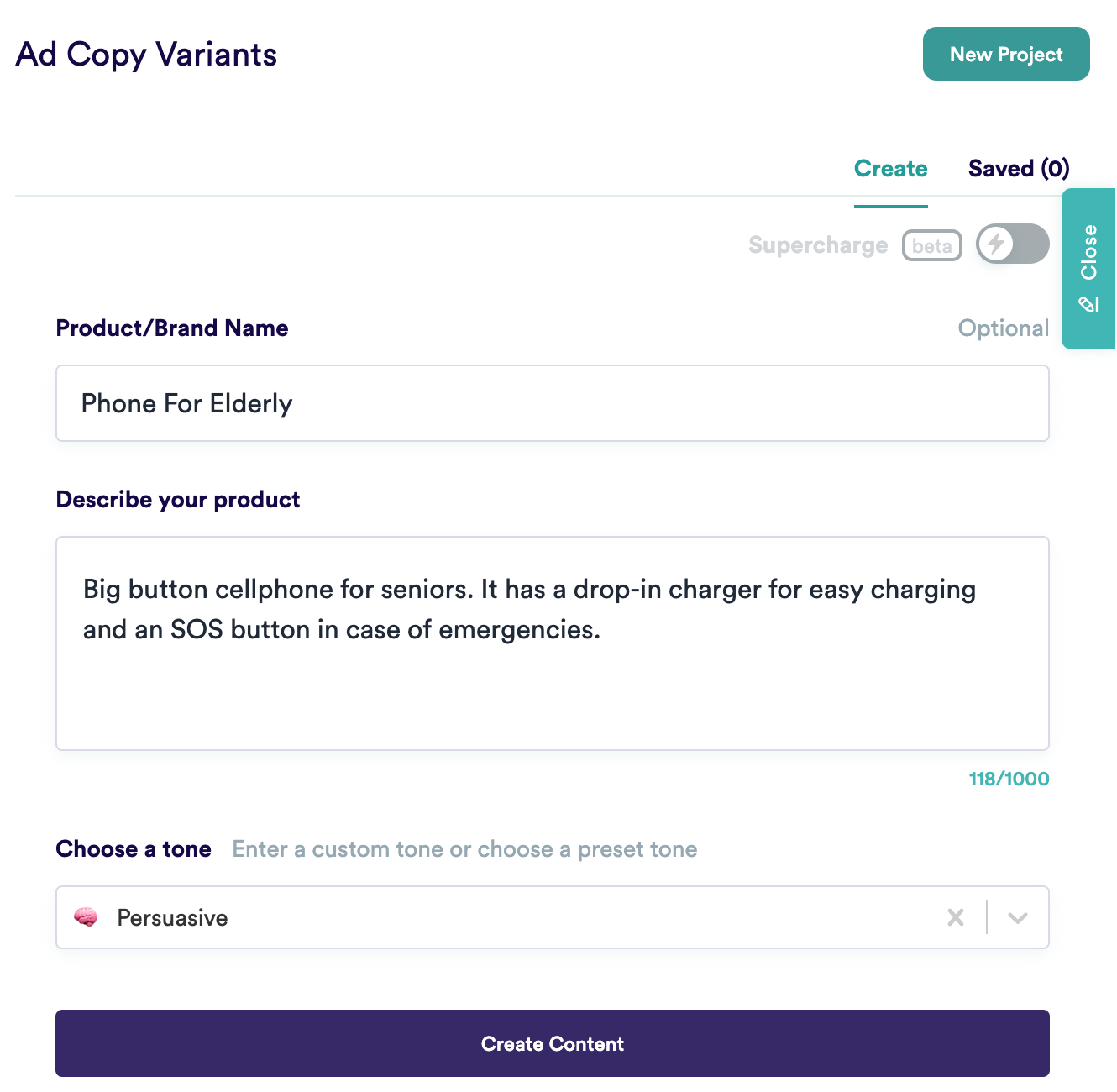
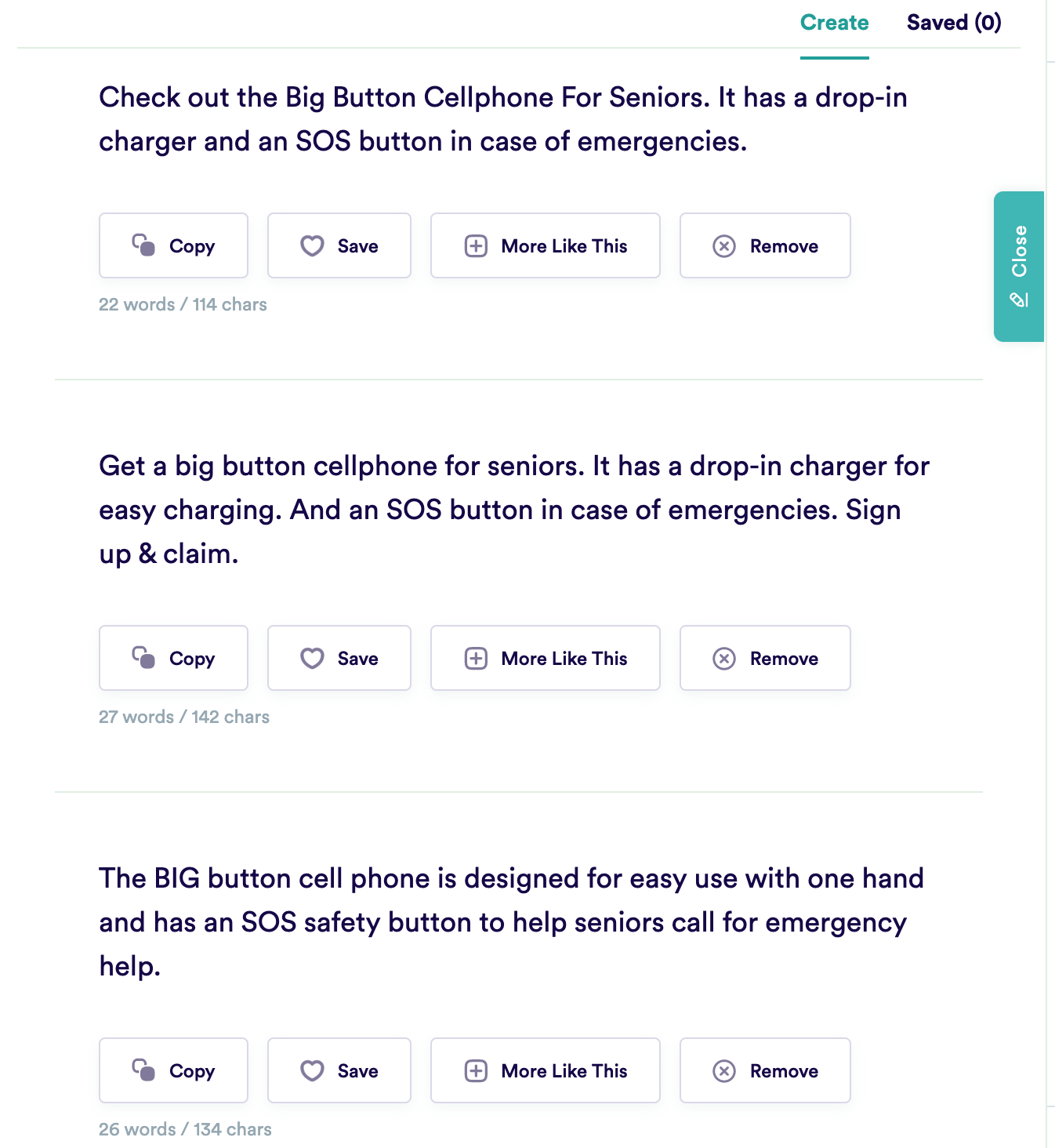
Ad Creative
This platform uses AI to generate multiple ad creatives with data-driven predictive scoring for anticipated engagement. You can connect your ad accounts so that it can monitor which creatives work best and then uses machine learning to optimize them.
Besides ad creatives, it will also generate ad copy and headlines. If you want to make great-looking ads in multiple formats fast, this is a great tool.
This platform is great for startups that don’t want to engage an ad agency. It eliminates the need for an in-house designer. It also helps to quickly see which designs work best.
Their reports will even give feedback on the best colors and shapes to use based on the engagement they measure across their networks.
Pricing: $29/month (10 credits), $59/month (25 credits), $99/month (50 credits), $149/month (100 credits).
Best for: Creating multiple ad creative designs and testing them for effectiveness. Saving time in creating ads for multiple platforms.
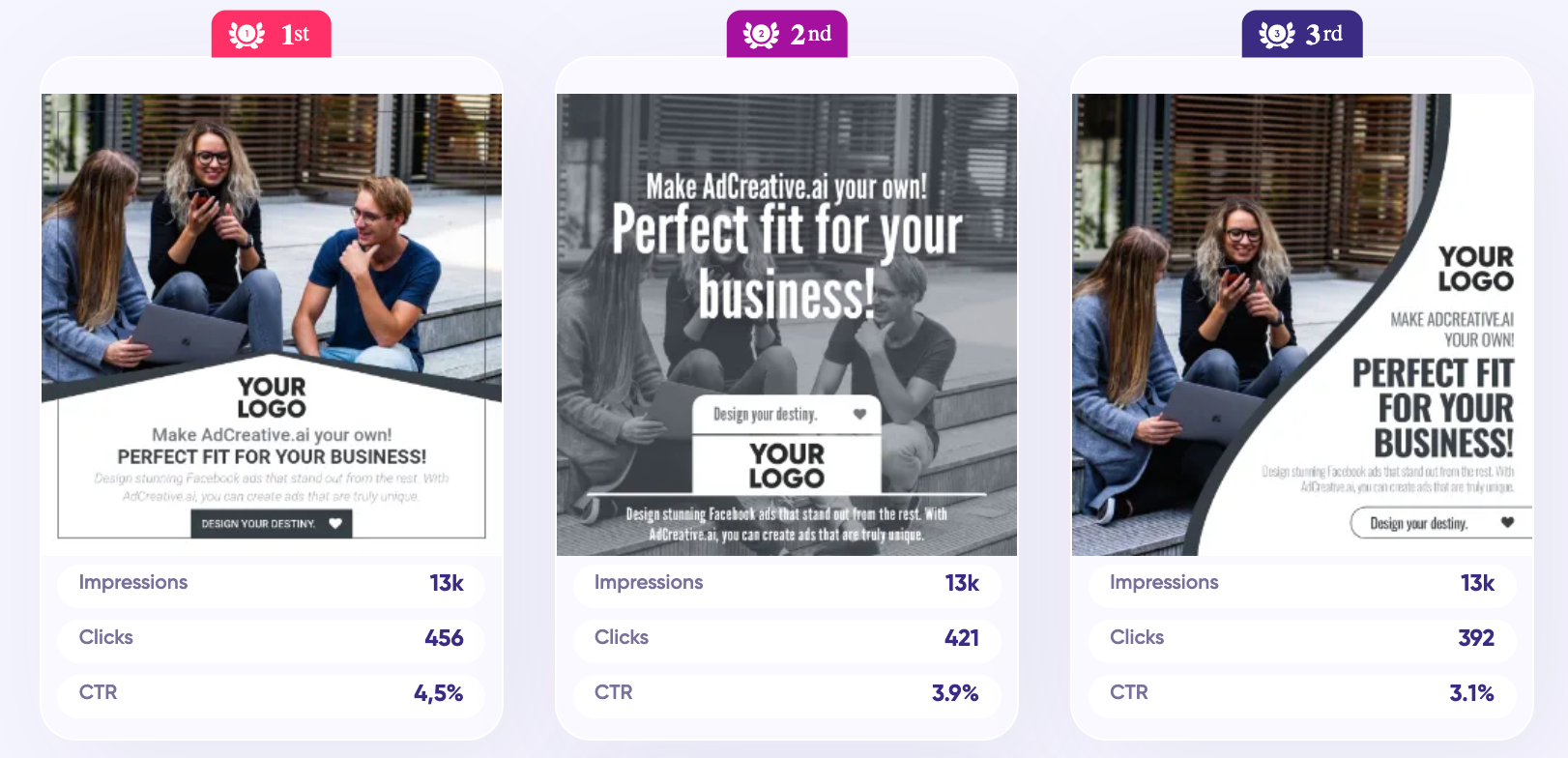
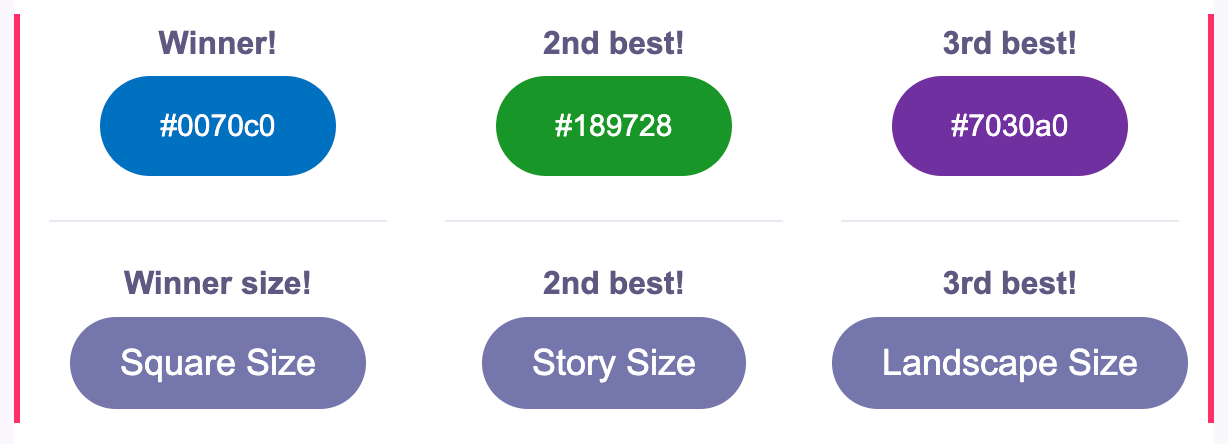
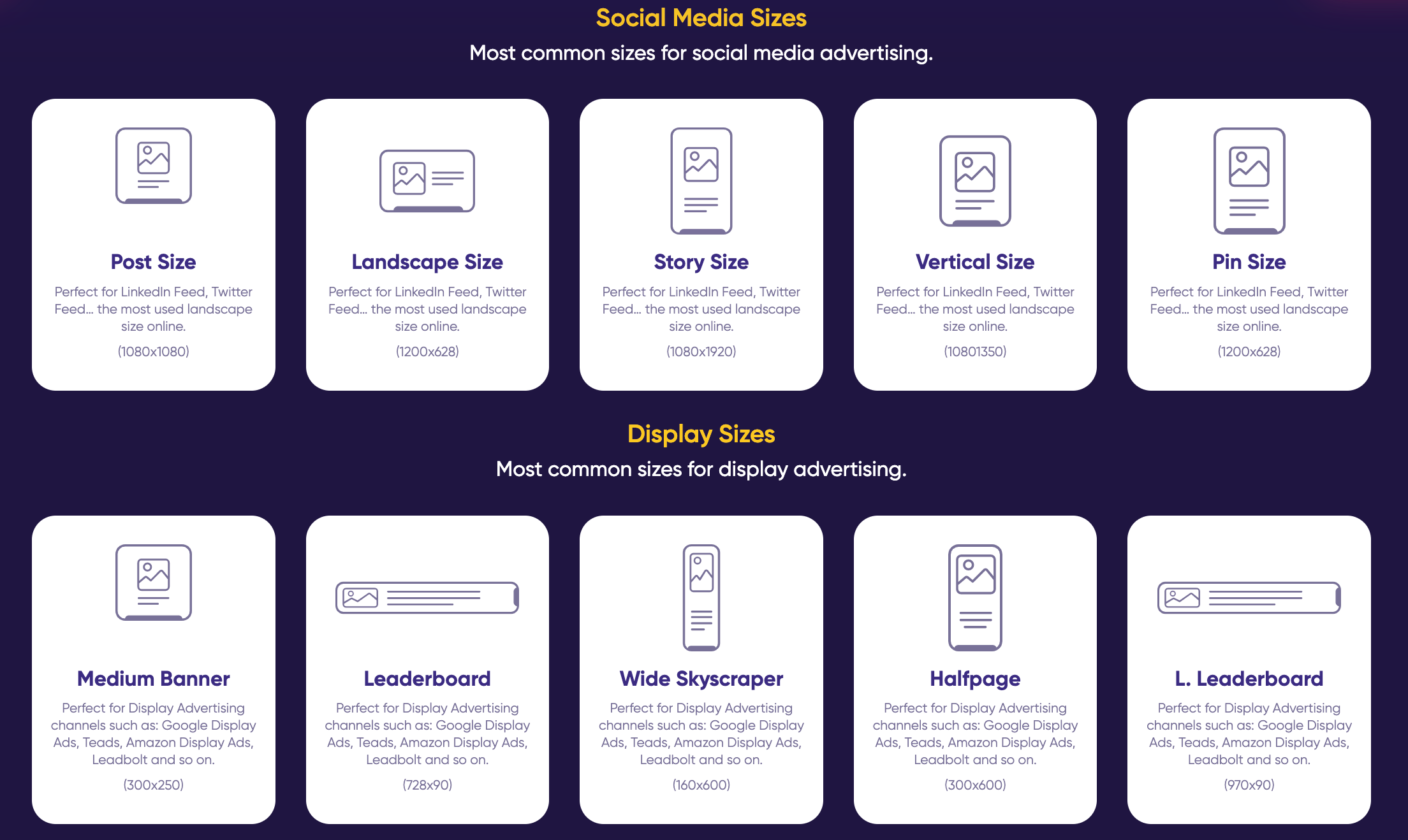
Adobe Advertising Cloud
Adobe’s programmatic demand-side advertising platform helps advertisers to create, manage, streamline, and optimize their advertising campaigns from a central point.
If your company wants to spend thousands of dollars per month on AI-optimized ads across multiple platforms, this is a good solution. Managing the campaign, creatives, and analytics in one place saves a lot of time and money.
Adobe Advertising Cloud integrates with multiple ad platforms, including TV broadcasters. They have a strong focus on analytics and cookieless targeting of audiences.
If you’re a small business, then this is not the best AI ad solution to opt for right now.
Pricing: POA (price on application) – However it mostly works on the basis of a percentage cost of the ad space purchases.
Best for: Full management of cross-platform ad campaigns for larger advertisers.
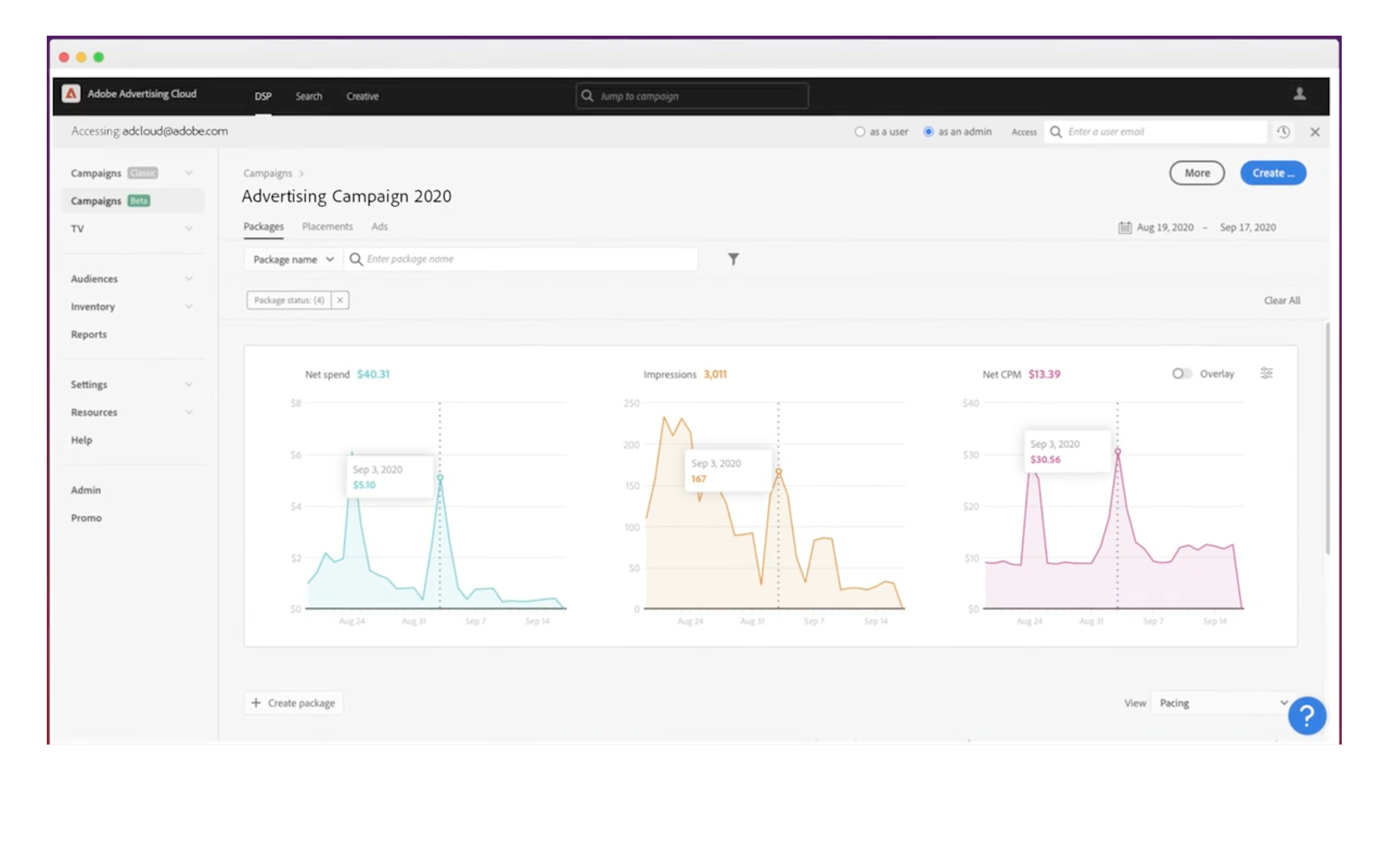
Stack Adapt
Stack Adapt is consistently rated as one of the best programmatic demand-side platforms (DSP). Their self-serve platform enables advertisers to manage their campaigns across multiple platforms, including TV and in-game platforms.
They have a strong focus on using AI to assist with targeting, creative optimization, and real-time bidding.
If your company spends around $100k or more per year on ads, this may be for you. Their easy-to-use platform is a less intimidating prospect if you’re looking to try programmatic ads for the first time.
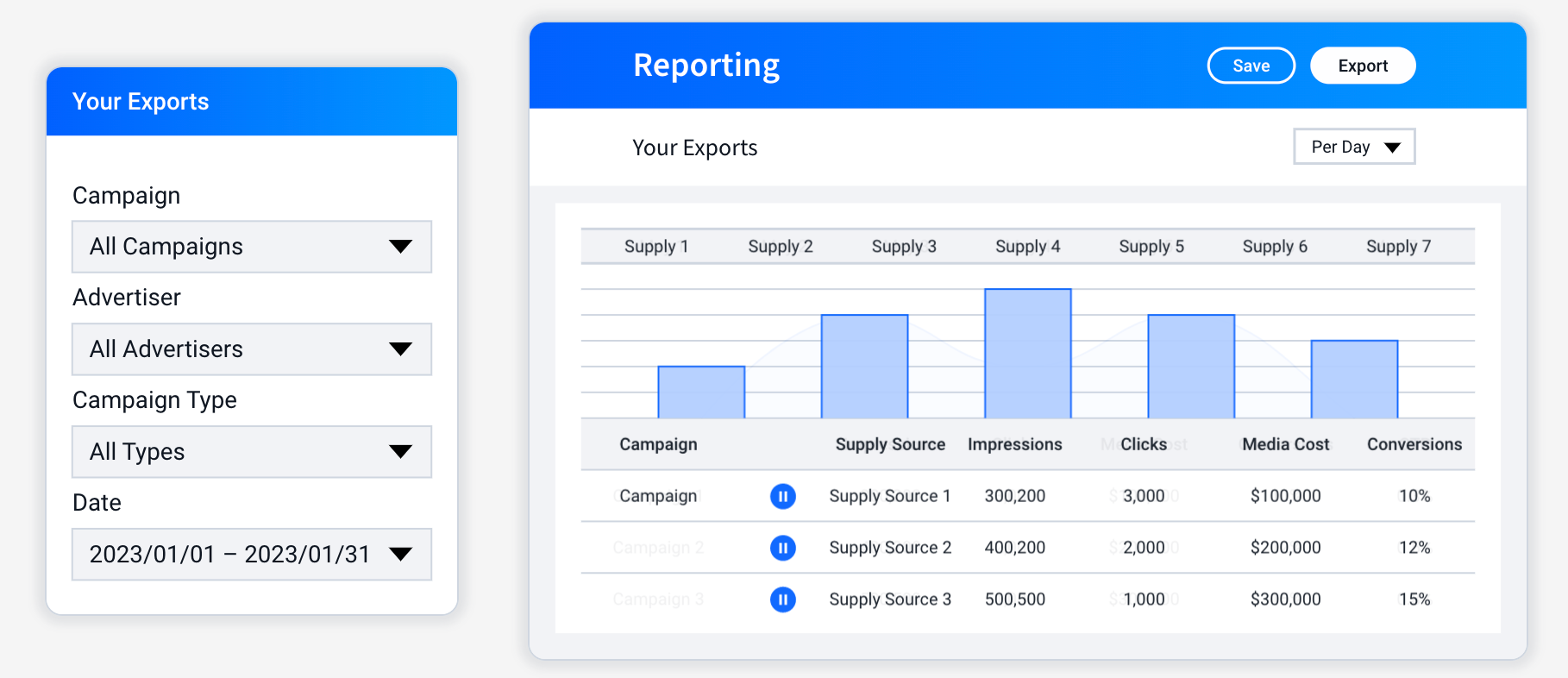
Pricing: POA
Best for: Full programmatic campaign management
Smartly.io
If you don’t want to go the full programmatic ad route but still want an easier way to manage campaigns on the main ad platforms, then Smartly is a great option.
They integrate with the 8 core ad platforms offered by Meta/Facebook, Pinterest, Google, and TikTok. The core functions of Smartly are:
- Unify the workflow between your creative and media teams for better collaboration
- Create a unified workflow to address media buying on all 8 ad platforms it integrates with
- Automate the creation and optimization of ad creatives
- Simplify media buys and campaign management
Their predictive budgeting, dynamic ad creation tools, and powerful analytics can help smaller to medium size companies optimize their online ad campaigns.
Pricing: Between 3% and 5% of media spend
Best for: Programmatic ad campaign management on a reduced platform set.

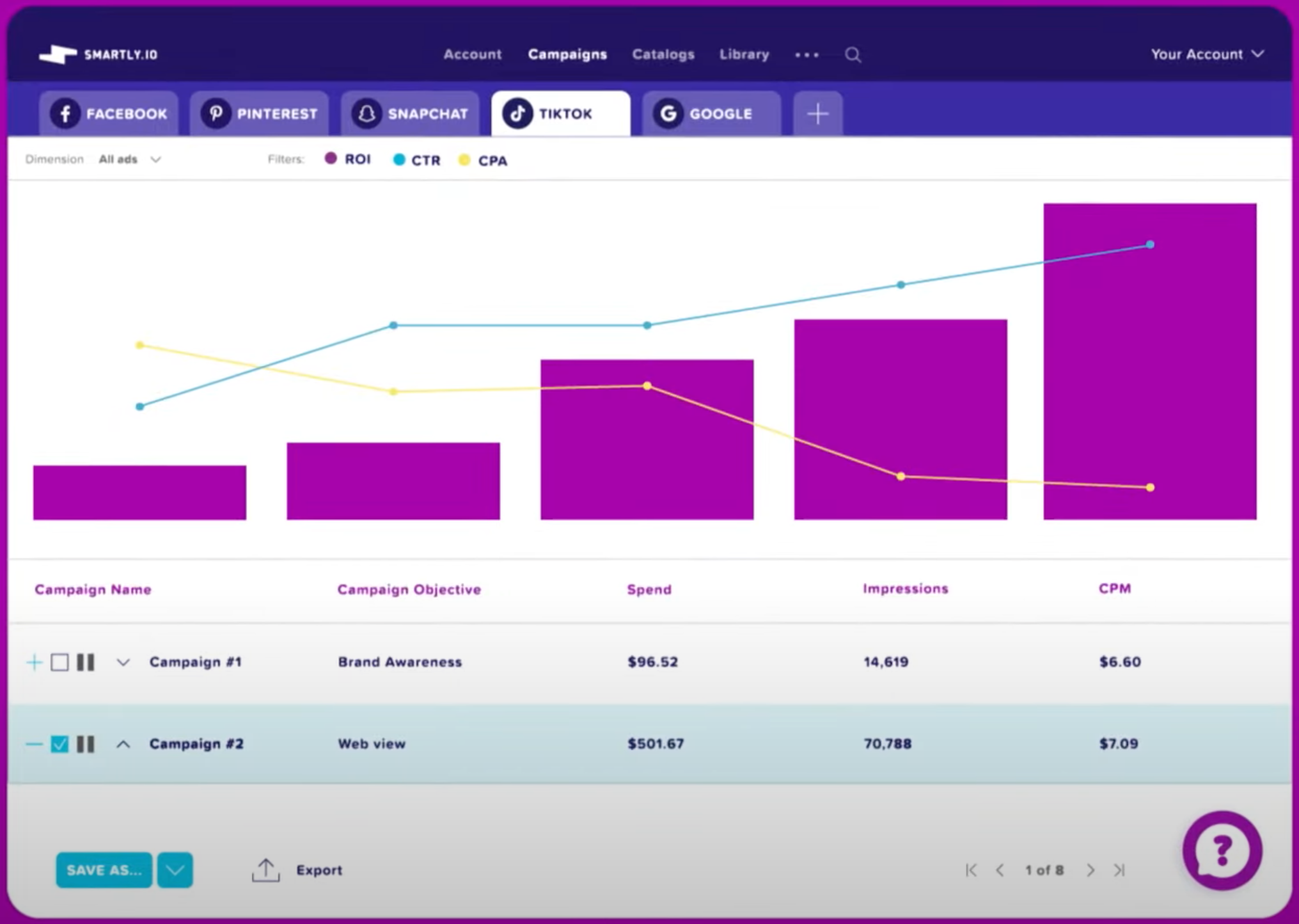
Madgicx
Madgicx offers a full suite of Facebook ad optimization tools. They use AI and machine learning to optimize your ad copy, creatives, and digital marketing strategies.
This tool tells you in an instant what is working for you and what isn’t. It offers suggestions for changes to your targeting, campaign budget, creatives, and more.
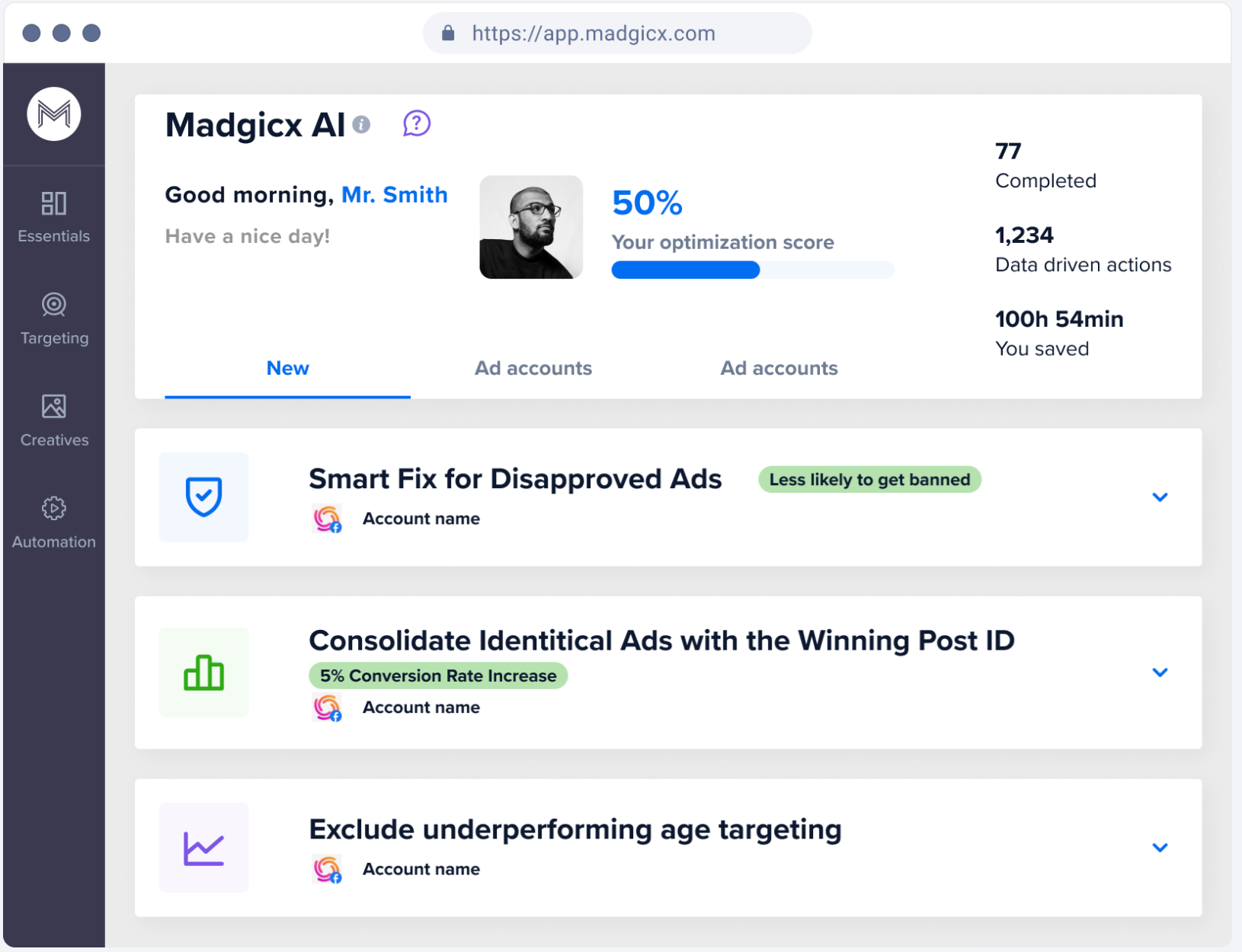
If you’re running ads mostly on Facebook and want to leverage AI to improve ad performance, Madgicx is a great place to start before considering larger programmatic solutions.
This is a good fit for all company sizes as the pricing varies based on ad spend.
Pricing: Starts at $44/month and ranges between 5% and 1.35% of ad spend.
Best for: Using AI to optimize Facebook ads and campaigns.
How to use AI in your advertising strategy
If you’re advertising online, then you’re already using AI in your campaigns by default. Facebook, Google, and other advertising platforms use AI to optimize how your ads perform to some degree already.
If you’re just starting out, make sure you’re using their built-in optimizations properly to begin with.
The third-party artificial intelligence tools you consider beyond this should fit with your current ad spend and growth objectives. Smaller companies would do well to use tools like Madgicx or Smartly. Larger companies with big ad budgets would benefit more from larger programmatic platforms like Stack Adapt.
Ultimately the goal of the advertising process is higher conversions at a lower cost. Make sure that your data collection is solid and that the tool you choose has a strong focus on audience targeting and personalization.
Here are some key basic considerations before committing to an AI tool:
- Ad spend – Does your budget align with the cost to use the tool? Does the expected ROI make sense?
- Platforms – Do you need AI optimization for just one, a few main platforms, or broad multi-media platform purchasing?
- Do you need full campaign management or just AI optimization of creatives or targeting?
- Assess the availability and quality of your data. Whatever tool you choose will be heavily reliant on data.
- Does the tool need to integrate with any existing systems you currently use?
- Do they have a free trial or demo?
- Does the tool comply with data privacy laws in the markets you’re advertising in?
Is AI the future for advertising and marketing?
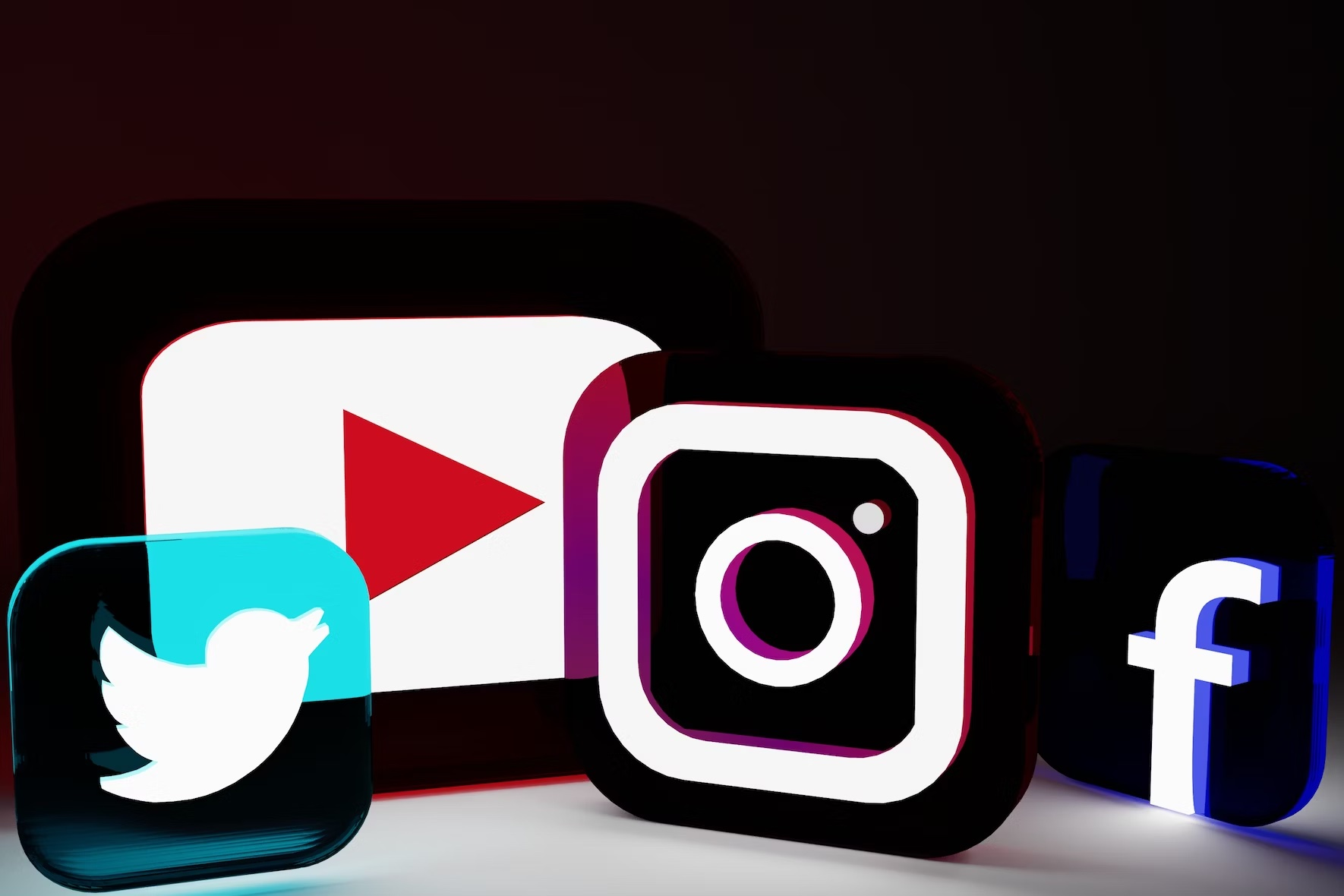
The AI ad space is moving rapidly towards a future where the process of campaign management, targeting, and ad creatives will become fully automated by artificial intelligence.
There are a lot of artificial intelligence ad platforms with similar offerings, and there’s bound to be some consolidation in the next few years. Large programmatic DSPs will be competing mainly on media reach and pricing and will continue to serve larger advertisers.
While more niche tools will continue to develop, it’s inevitable that a lot of the optimization tools they sell will eventually be offered directly by the likes of Google and Facebook.
It’s in their interest to make their platforms more attractive to advertisers without them needing additional tools.
While we wait for that to happen, it can be tricky to choose the right tool. At some point, you need to take the plunge and see if it works for you. The time investment for the initial integration will probably be a bigger cost than the price tag of the tool, though.
That being said, it’s exciting to see how even smaller companies are enjoying success with these tools.
Conclusion
The biggest challenge with AI ad tools is to get over the apprehension of new technology and the learning curve to make it work for you. However, the initial time saving with things like ad creatives and even small initial wins with improved ROAS can quickly mitigate that.
The concepts of how AI can optimize targeting, ad creative, media buying, and personalization can be intimidating, but you don’t need to understand everything happening under the hood.
The first tool you choose may not even be the one you stick with, but you’ve got to start somewhere. You might not be using AI yet, but you can bet your advertising dollar that your competitors already are.
FAQs
What are the benefits of using AI in advertising?
AI-powered tools can save time in the management of marketing campaigns and improve ROAS and engagement by optimizing targeting, creatives, and budgets.
What are the main AI tools used in advertising?
Stack Adapt, Madgicx, and Smartly are some of the main AI ad tools.
In what areas of advertising can AI tools be used?
AI can assist with ad creation, audience segmentation, personalization, and targeting.
Inge von Aulock
I'm the Founder & CEO of Top Apps, the #1 App directory available online. In my spare time, I write about Technology, Artificial Intelligence, and review apps and tools I've tried, right here on the Top Apps blog.
Recent Articles

As a business leader, you’re always searching for ways to stay ahead of the competition. What about AI in marketing and sales? In...
Read More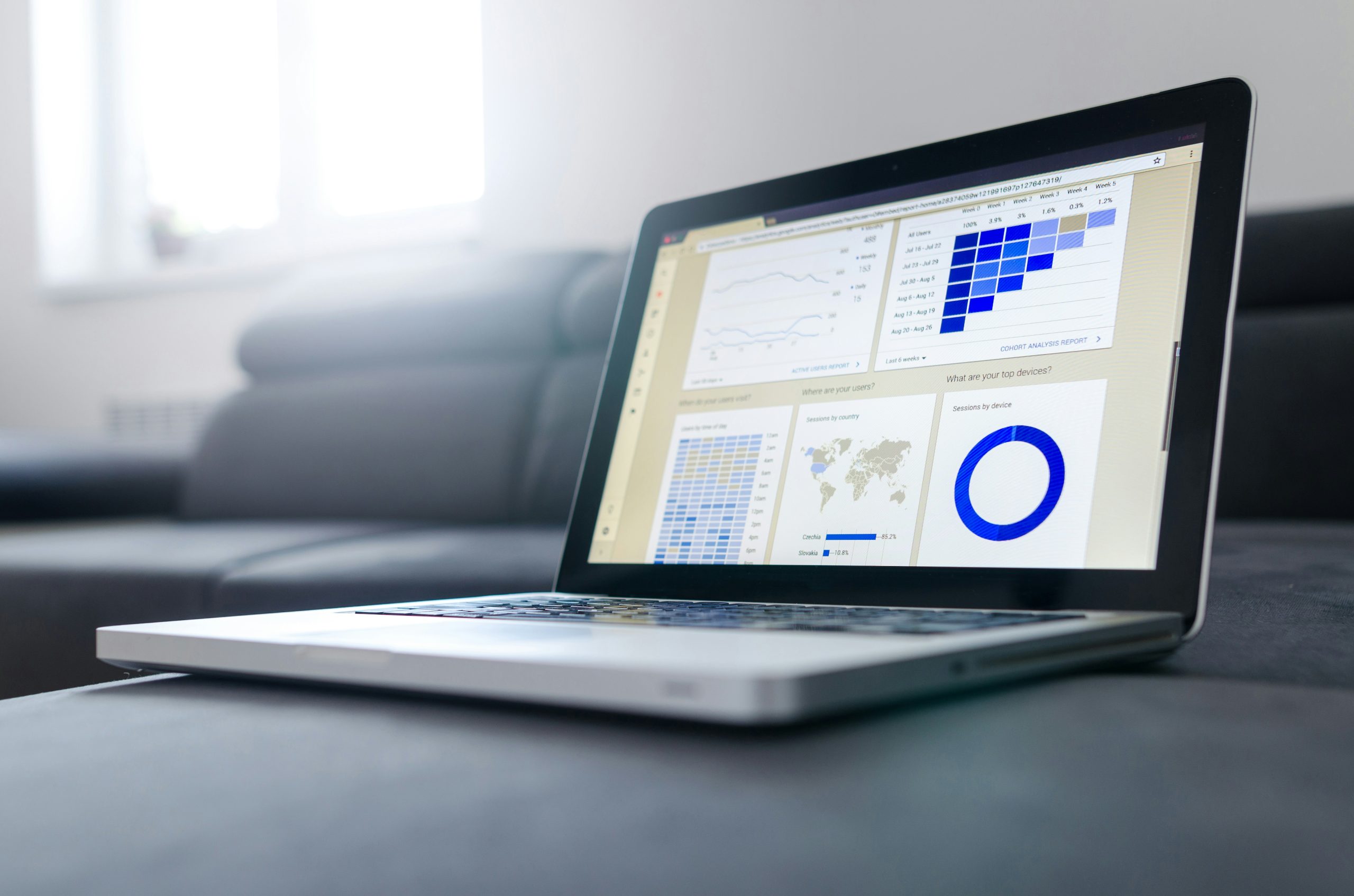
AI in competitive analysis isn’t a trend anymore; it’s the new standard. In 2024, the game has changed. The ability to harness AI...
Read More
AI content generation isn’t the future anymore; it’s the present. And it’s transforming the way we create content, making it faster, more consistent,...
Read More